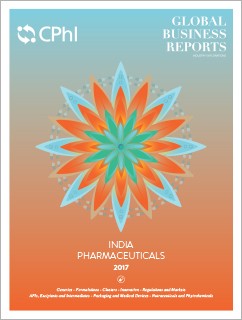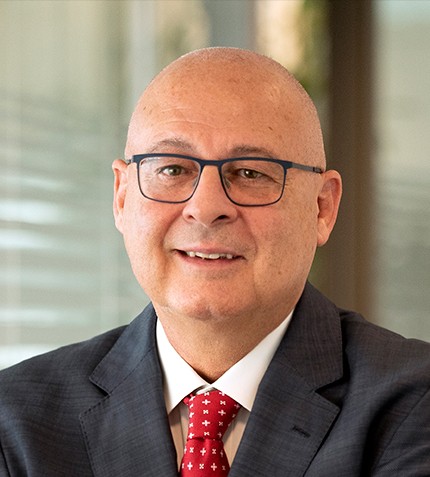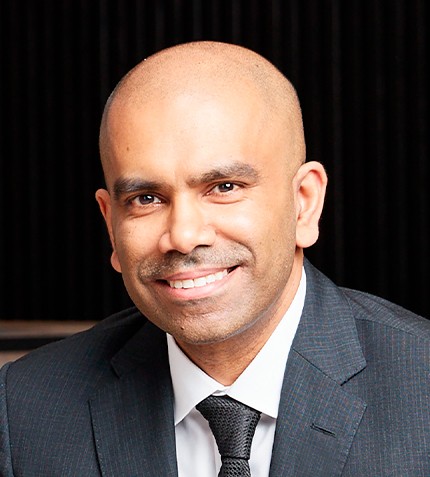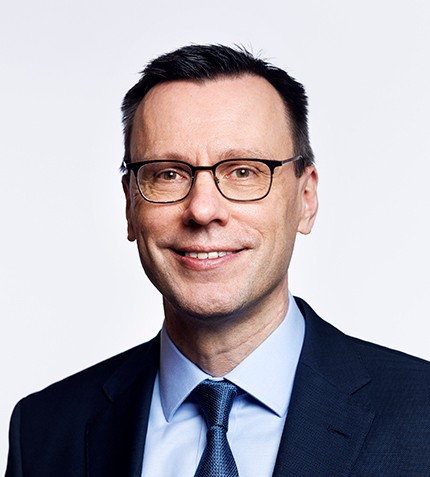
S. A. Pharmachem is a specialty food and pharmaceutical manufacturing and marketing company supplying innovative specialty ingredients.
RELATED PUBLICATION
ARTICLES FROM THIS PUBLICATION
Anil Jain
DIRECTOR, S.A. PHARMACHEM
S.A. Pharmachem reached its 30th anniversary last year. How has the company grown and developed over the years?
S.A. Pharmachem grew 28% to 30% over the last year alone. Together with Gangwal Chemicals, we had a joint turnover of around US$37.6 million in 2016, while 2015’s turnover was around US$2.9 million. S. A. Pharmachem focuses on nutraceutical actives and a few pharmaceutical actives. Meanwhile, Gangwal focuses on pharmaceutical excipients, drug delivery systems and manufacturing a couple of niche actives. Pharmaceuticals account for 80% of the business. However, because of the impacts of pricing and cost on the industry’s growth, we are trying to move more into nutraceuticals because they have better-projected margins. Nevertheless, our margins in excipients and drug delivery systems are reasonably strong.
S.A. Pharmachem supplies both branded and generic products. Could you elaborate on the company’s product portfolio?
We have a key product in the osmotic laxative market called Lactitol, which is one of our APIs. Lactitol, an equivalent to lactulose in dosage and mechanism of action, is a monopoly product that S. A. Pharmachem created, which produced 26 brands in the Indian market and a combined market value of around US$30.1 million. An increasing segment of focus is probiotics in both pharmaceuticals and nutraceuticals. S. A. Pharmachem is pursuing both types of probiotics for their different uses of therapeutic and overall health maintenance. Whilst this business is growing in importance within our portfolio, it is yet to reach maturity.
Vitamin premixes are another offering within the pharmaceuticals and nutraceuticals portfolios. An absolutely new concept created is a new product called Dicom, a directly compressible granulated excipient premix, which has been submitted for patenting. Customers are provided with premixes of different excipients for different APIs and different release forms and only requires the customer to purchase the API. This allows customers to have complete control over the API quality and consistency, which is the heart of the product. By providing customers with the right delivery system, they are guaranteed the release profile that they desire. This entire concept further allows our customers’ pharmaceutical factories to be converted into smaller setups of just the tableting line. Customers simply need to dry-blend the premix and compress it, allowing for a reasonably large pharmaceutical factory in an office building.
Why has this not been more widely offered in the past?
This concept has never been developed mainly because of regulatory challenges, of which S. A. Pharmachem has faced many. The regulatory agencies are requesting quantitative analyses of each ingredient included in the premix. Now that the R&D work has been completed, the biggest challenge facing S. A. Pharmachem is from the researchers.
The next factor is cost. Customers are treating Dicom as an outsourced product while we see it as a technology. Despite the regulatory challenges, S. A. Pharmachem has been reasonably successful in attracting the interest of a large European contract manufacturer. They are interested in taking our product directly to the international innovator’s doorstep, where Dicom would be available for clinical studies. This would be a huge game changer.
Do you expect to see equal demand for Dicom internationally and locally?
There is huge potential for Dicom across the board. Whilst S. A. Pharmachem does not currently have a large facility for this product, producing only 4,500 tonnes per annum, the global excipient market is a huge multiple of that amount.
What are the main challenges for the Indian market from a quality perspective?
Pharmaceutical quality cannot be compromised and has to become more and more stringent without becoming a terror. The central point will be education. FDA have begun to give 483s to a very large number of Indian companies, many of which had been operating for some time with hardly any failures. There are certainly data integrity issues, which should be addressed, but had there been a persistent quality audit the situation would be better for both India and the United States, receiving affordable medicines of high quality. A third party authorized by the FDA would be an advantageous solution.
Going forward, what are the plans for S. A. Pharmachem and Gangwal?
We are trying to move further towards manufacturing; our emphasis is more on excipients and drug delivery systems and we are entering the services segment. We have recruited a number of very qualified employees in quality assurance and regulatory. We expect to achieve 100% growth by 2021 through our new activities and some new products. We are also working with Japanese partners; whilst their quality systems are the best in the world, they still have some way to go in terms of documentation, an area in which we can provide support. We will be looking for further distribution partners across Asia.
Our GLAS division has a public testing laboratory and regulatory services for DMF preparation, third-party audits and support in setting up projects. We also intend to enter commercial formulation development and have a laboratory approved by the Department of Scientific and Industrial Research (DSIR), the parent body for all innovation in India. This laboratory has already released a patented product, and we will continue to investigate new delivery systems using this infrastructure.











